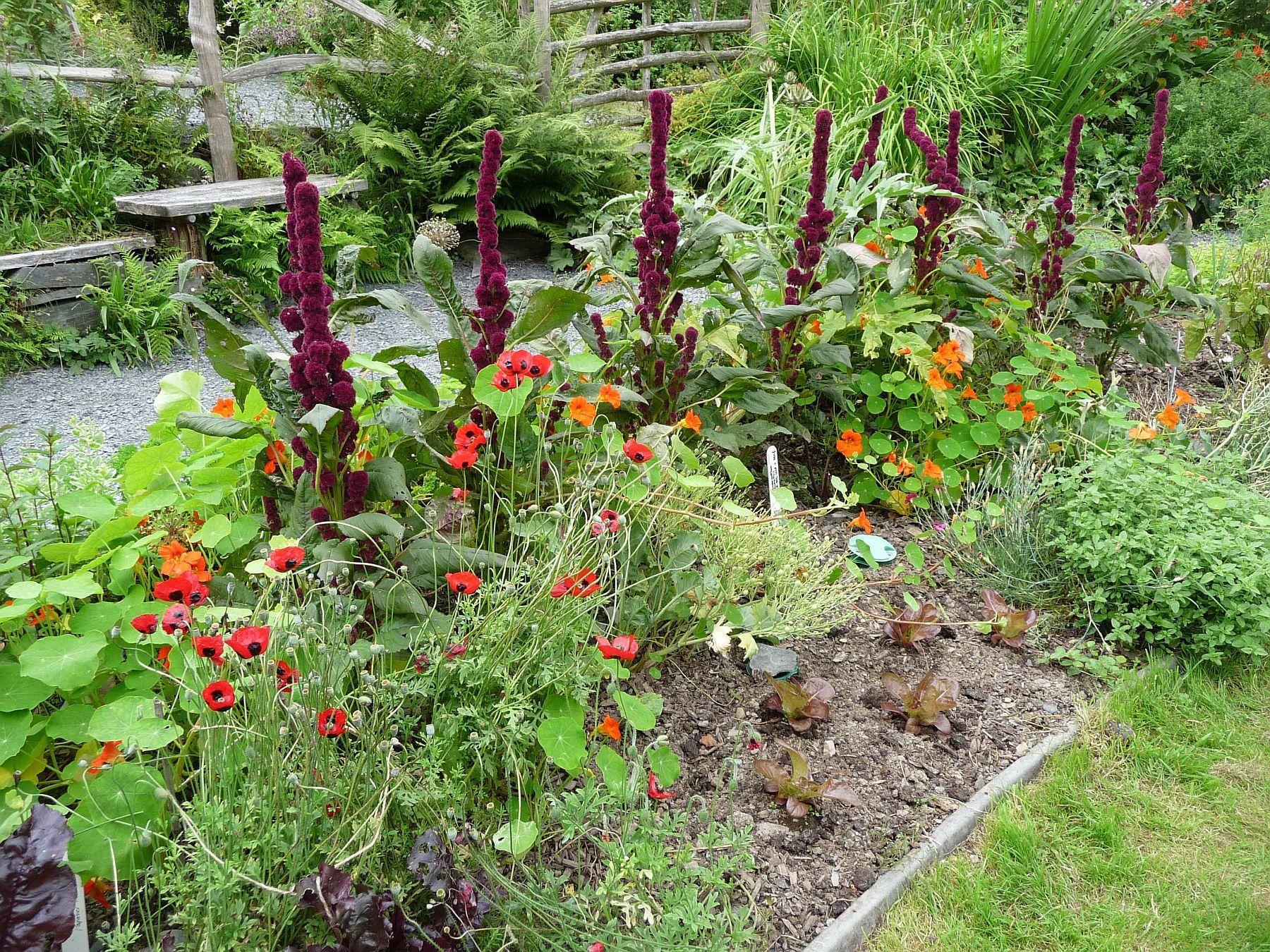
I am jumping on the companion gardening bandwagon with both feet this year. I have experimented with companion planting in small ways in my gardens over the last several seasons and I am 100 percent convinced that the system is the way to go.
The basic idea behind companion planting is as simple as it is sensible: many plants grow better near some comrades than they do near other plants or when alone. By itself companion planting your garden will not work miracles but applied in a well-maintained garden, it can produce startling results. It sure has for me. It can drastically improve the use of space, reduce the number of weeds and garden pests, and provide protection from both heat and wind, two problems I run into every year. So, as far as I am concerned, in my vegetable garden, this all adds up to getting me what I really want: increased yield.
I will be employing companion planting in my vegetable gardens, but it can also be used when flower gardening and in full-scale farm fields. In fact, some of the most familiar examples come from farming, where it’s a long-standing practice to sow vetch or some other legume in the fall after the harvest. This cover crop provides erosion control through storms and supplies both nitrogen and organic material to the soil when it is plowed under in spring. Most such crops themselves need a helper, known as a nurse crop, usually, a grain that is sown along with the legume. The grain provides weed control while the legume gets established, and helps protect the legume from both wind and the weight of snow.
READ THE FULL ARTICLE: https://www.sanmarcosrecord.com/features/growth-gardening-companion-gardening




















